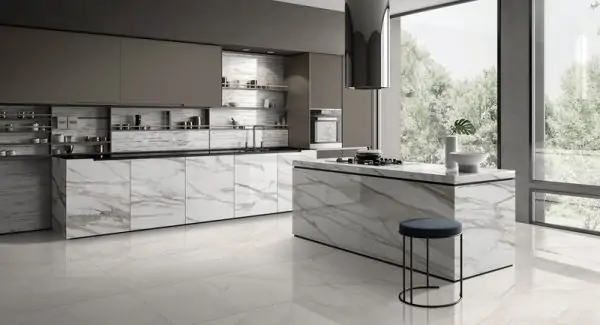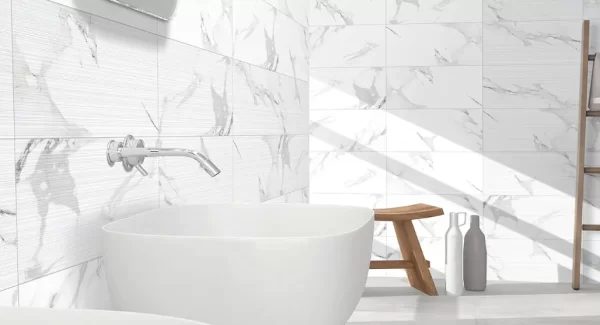Browse products by
Filter By Type
Filter By Finish
Filter By Look
Filter By Application
Filter By Type
Filter By Look
Filter By Application
Filter By Size
How to calculate tiles for floorings?
Sep 2021
How to calculate tiles for floorings?
Any renovation project starting from living room flooring, bedroom flooring to bathroom and kitchen coverings, will eventually require you to ask the question, “How many tiles do I need?” Perhaps you’re trying to figure out the budget for the tiles required in these projects. Or you’re ready to place an order but don’t know how to determine the number of tiles required for these projects? This blog aims to make the method of Calculate tiles for the floorings are as simple as possible!
How do I calculate and order the tiles needed?
Although it’s quite easy to overlook the most obvious factors while ordering tiles only to find out that you don’t have enough for laying, the task of calculating and ordering is quite simple.
Firstly, to determine the number of tiles required, measure the area to be tiled and add the waste factor, which is the percentage of tiles wasted while cutting or trimming them. The waste factor must take the size of the joints into account since larger joints inevitably mean fewer tiles and a different laying pattern. A horizontal pattern, for example, requires fewer tiles than a diagonal style.
The waste factor is also affected by the size of the tiles. Smaller tiles (e.g., 20×20 cm or 30×30 cm) produce lower waste than larger ones. Additionally, take into account any essential elements that you may have to work around while laying the tiles. Pillars, sections, columns for example or oddly shaped rooms indicate a greater waste factor. As a general rule, the larger the tiled area, the smaller the waste factor.
The industry practice is to provide an 8-10% margin for “wastage.” However, if the space to be tiled is a bathroom with a lot of intricate forms, such as boxes that cover piping or alcoves in the shower area, then 15% is a reasonable amount.
If you’re laying floor tiles in multiple rooms and need a seamless flow between them, add 15% more if the rooms vary significantly in shape and size and include the hallway, which tends to be misshaped in contrast to a more uniform kitchen or dining area, so more cuts are required, which normally means more waste.
Suppose you need to clad a 200-square-meter house with a standard rectangular room without pillars or other key elements. You have chosen medium-sized porcelain tiles(for example, 60×60 cm) to lay in a straight style. The Calculate tiles for floorings waste factor to consider is 10%, so you should order 220 square meters of tiles. Now suppose you want to cover the walls of a small bathroom (8 square meters) with 60×60 cm tiles. Here, the waste factor to consider is 20%, so you should order tiles equal to 9.6 square meters.
Secondly, if the tile you’re purchasing is soon to be discontinued, it’s always a good idea to buy extra because that tile, or batch of tiles, may no longer be available from the supplier if you need more! Use Tile Calculator & Tile Specification for detail information about Lavish Tiles
To determine the number of porcelain tiles required for our bathroom walls, we must first calculate the perimeter of the room and multiply it by the height of the wall area to be tiled. To keep things easy, we recommend adding an 8% waste factor rather than subtracting the sizes of the door and window openings.
Finally, once you’ve ordered the tiles, we recommend not changing the laying pattern. If you choose a horizontal pattern but then switch to a diagonal pattern, you’ll run out of tiles while laying them.
Similar Articles


That which is unique is always rare and special, so is with the finesse of Lavish tiles. Lavish is synonymous with excellent quality tiles that define the beauty of a well tiled space. One of the largest manufacturer and exporter of ceramic tiles, wall tiles and floor tiles, double charge vitrified tiles, polished glazed vitrified tiles, glazed vitrified tiles and digital tiles, Lavish is famous for adding that sense of grandeur and splendor through sheer product quality.








